Liver Disease In Pregnancy Guidelines
Liver disease in pregnancy guidelines. Since then more than 30 EASL Guidelines on various liver diseases have been published. A rapid diagnosis diff erentiating between liver disease related and unrelated to pregnancy is required in women who present with liver dysfunction during pregnancy. The overall fertility rate in this population is unknown and may be influenced by the etiology of the underlying liver disease.
Expectant management is not appropriate strong recommendation very low level of evidence. NICE guidelines identifies following risk factors to consider for commencing Aspirin by 12 weeks of pregnancy in order to reduce the risk of developing PE. Serum bile acid measurement is the most useful biochemical test as the two largest prospective.
Cology guidelines recommend that ICP should be diagnosed in pregnant women with pruritus and serum bile acids elevated above the reference range 1124. Intrahepatic cholestasis of pregnancy. Pregnancy can ameliorate autoimmune hepatitis whereas delivery can exacerbate it.
All women with AFLP and their children should have molecular testing for long-chain 3-hydroxyacyl-CoA dehydrogenase conditional recommendation. Pregnancy-related liver disease is the most frequent cause of liver dysfunction in pregnancy and provides a real threat to fetal and maternal survival. Hypertensive disease during a previous pregnancy chronic kidney disease autoimmune disease such as systemic lupus erythematosus or antiphospholipid syndrome type 1 or type 2 diabetes chronic hypertension being a primipara age of 40 years or older pregnancy.
Liver Disease and Pregnancy Consultation for liver disease in pregnant women is a common and oftentimes vexing clinical consultation for the gastroenterologist. Clinically- Asymptomatic to an acute presentation with liver failure. Steroids and azathioprine are safe during pregnancy but birth defects have been described.
Preeclampsia is associated with HELLP hemolysis elevated. The challenge lies in the need to consider the safety of both the expectant mother and the unborn fetus in the clinical management decisions. As consequence the EASL Guidelines have been widely distributed.
Tran MD FACG FAASLD co-author of the new ACG Clinical Guideline on the management of liver diseases in pregnant women speaks with AJG co-Editor in Chief Dr. Easl Hbv Guidelines 2017 Pregnancy Associated Liver Disease A Curriculum Based Easl Clinical Practice Guidelines Wilson S Disease Public Health Issue Paper Liver Disease In Pregnancy Two Clinical Practice Guidelines Ppt Download Table 5 From Easl Clinical Practical Guidelines On The Primary Biliary Cholangitis Needs Structured Life Long.
It is more common in multiple gestation pregnancies with prevalence of 04 59 10 ICP typically presents in the second half of pregnancy but can even occur in the first trimester.
Expectant management is not appropriate strong recommendation very low level of evidence. Acute fatty liver disease of pregnancy Women with AFLP should be delivered promptly. Serum bile acid measurement is the most useful biochemical test as the two largest prospective. Cology guidelines recommend that ICP should be diagnosed in pregnant women with pruritus and serum bile acids elevated above the reference range 1124. Steroids and azathioprine are safe during pregnancy but birth defects have been described. The overall fertility rate in this population is unknown and may be influenced by the etiology of the underlying liver disease. Pregnancy can ameliorate autoimmune hepatitis whereas delivery can exacerbate it. Fertility is maintained in patients with autoim-mune hepatitis AIH2 primary biliary cirrhosis3 and pri-. Since then more than 30 EASL Guidelines on various liver diseases have been published.
And acute fatty liver of pregnancy. Acute fatty liver disease of pregnancy Women with AFLP should be delivered promptly. And acute fatty liver of pregnancy. It is more common in multiple gestation pregnancies with prevalence of 04 59 10 ICP typically presents in the second half of pregnancy but can even occur in the first trimester. Intrahepatic cholestasis of pregnancy ICP is the most common liver disease unique to pregnancy. Authors Stella Gabeta 1 Guan Wee Wong 1 Michael A Heneghan 1 Affiliation 1 Institute of. The challenge lies in the need to consider the safety of both the expectant mother and the unborn fetus in the clinical management decisions.




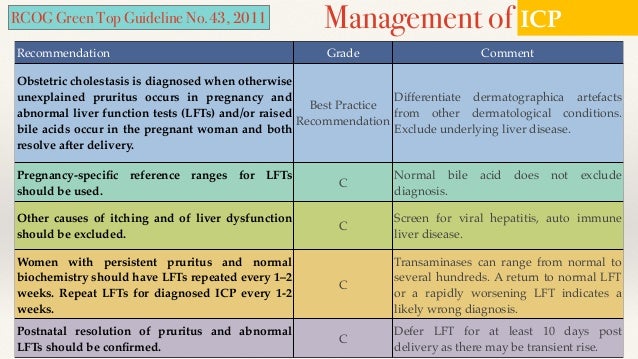

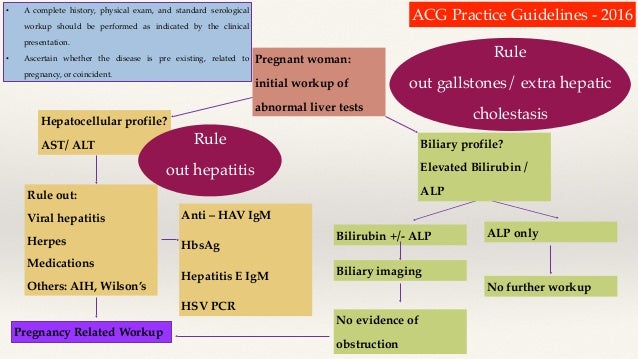

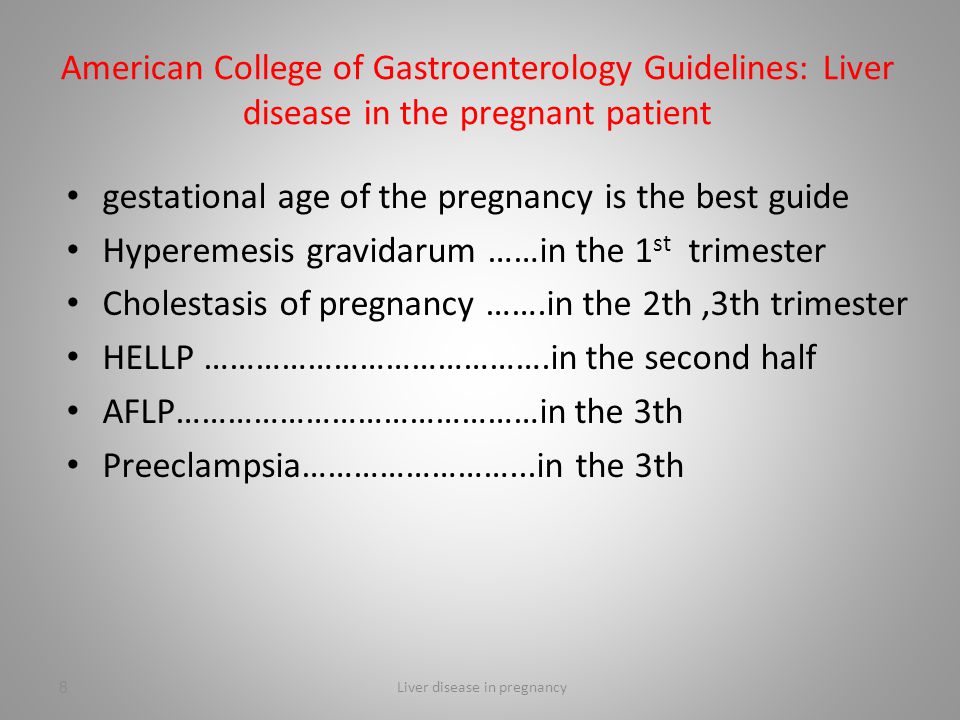

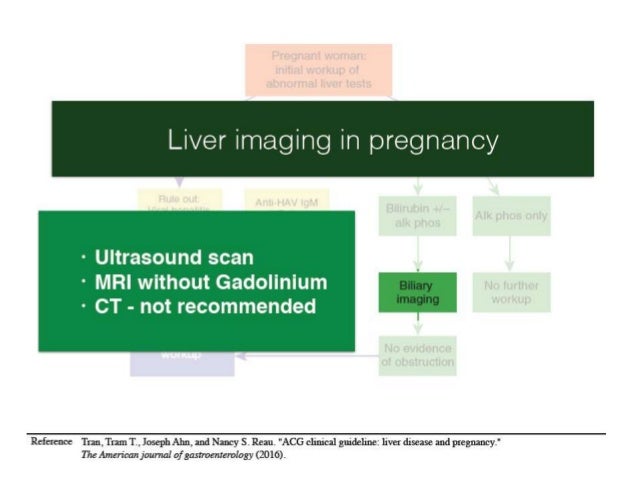









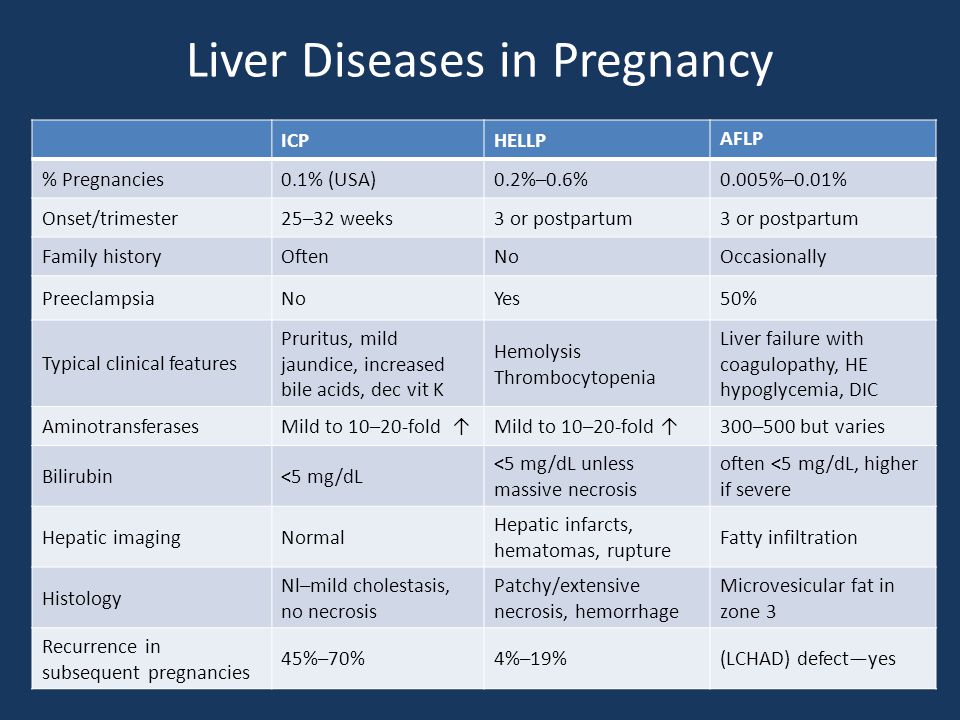



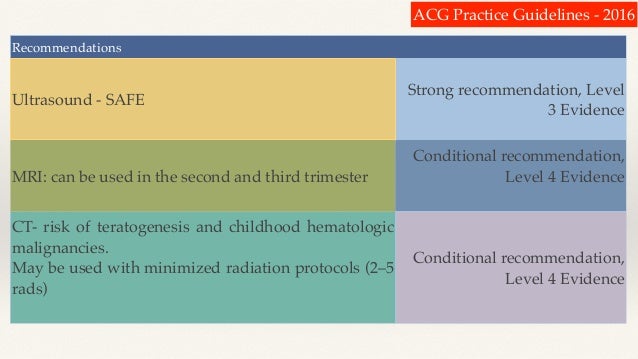
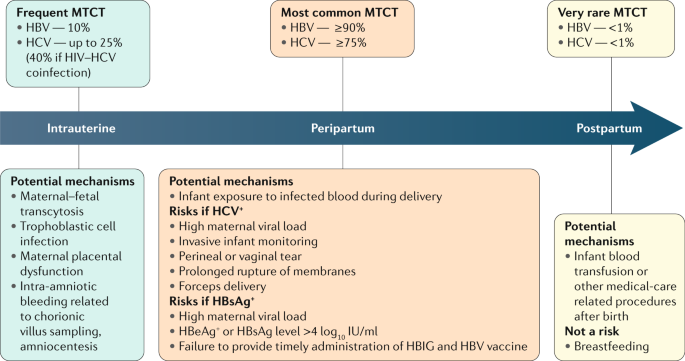

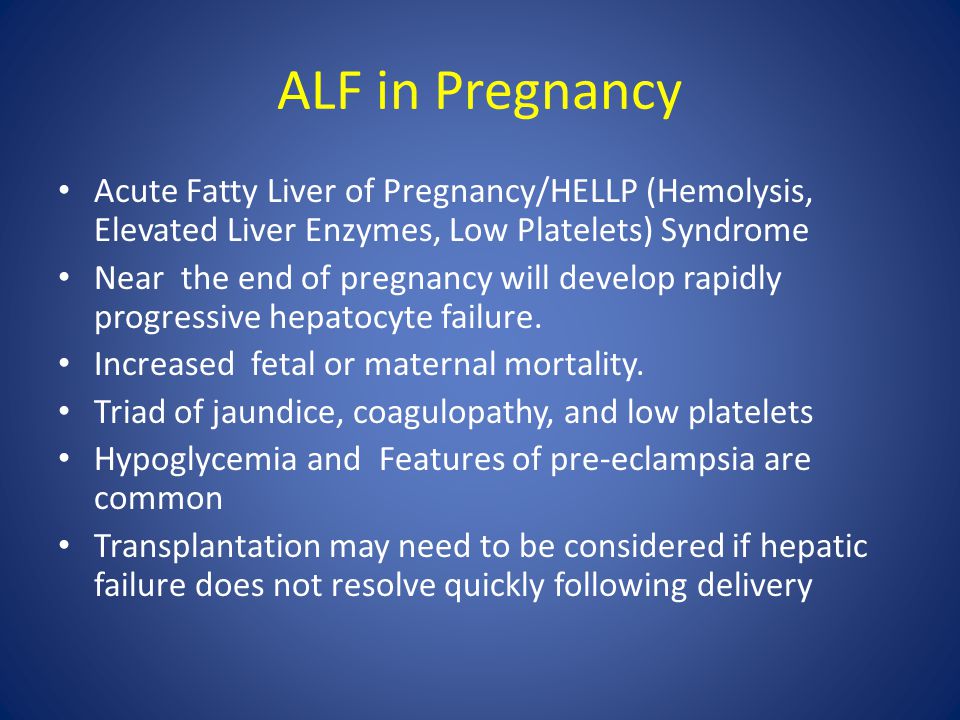

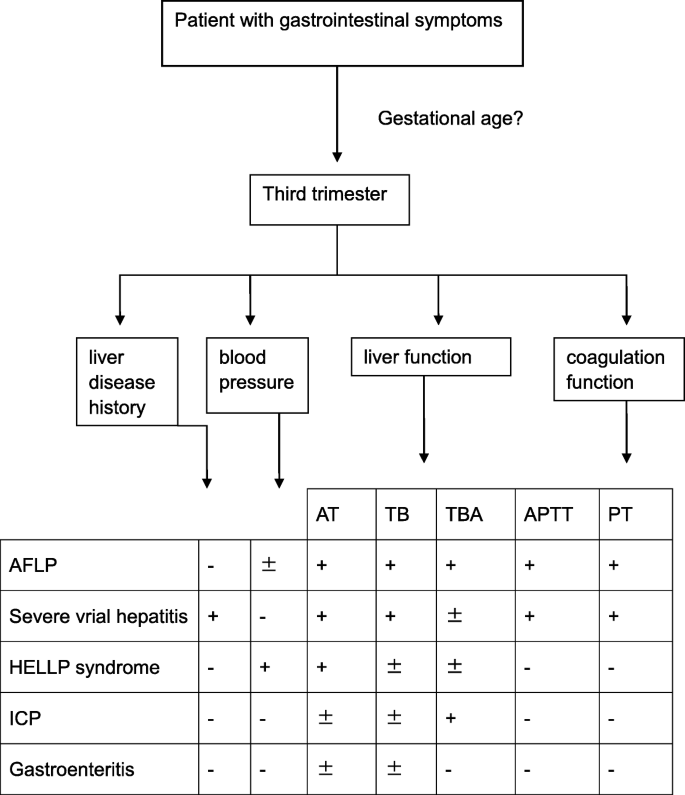

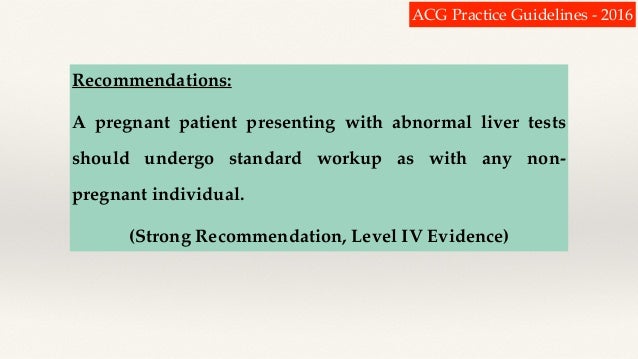














Post a Comment for "Liver Disease In Pregnancy Guidelines"